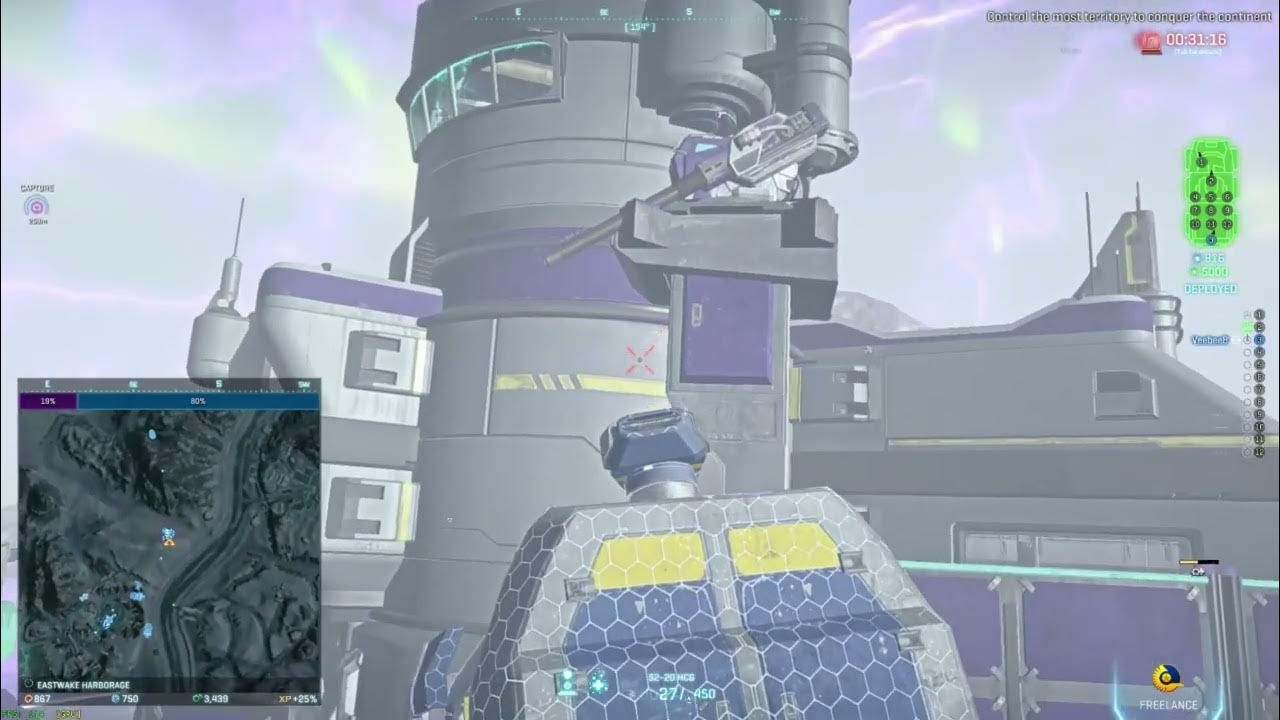Mastodon’s export portability mostly focuses on the local social-graph aspects(follows, blocks, etc.) and while it has an archive function, people frequently lament losing their old posts and that graph relationship when they move.
Identity attestment is solvable in a legible fashion with any external mechanism that links back to report “yes, account at xyz.social is real”, and this is already being done by some Mastodon users - it could be through a corporate web site, a self-hosted server or something going across a distributed system(IPFS, Tor, blockchains…) There are many ways to describe identity beyond that, though, and for example, provide a kind of landing page service like linktree to ease browsing different facets of identity or describe “following” in more than local terms.
I would consider these all high-effort problems to work on since a lot of it has to do with interfaces, UX and privacy tradeoffs. If we aim to archive everything then we have to make an omniscient distributed system, which besides presenting a scaling issue, conflicts with privacy and control over one’s data - so that is probably not the goal. But asking everyone to just make a lot of backups, republish stuff by hand, and set up their own identity service is not right either.




I have no plans to support p92 precisely because it’s going to “push” users together as a commodity. What Meta has jurisdiction over is not its communities but rows of data - in the same way that Reddit’s admins have conflicted with its mods, it is inherently not organized in such a way that it can properly represent any specific community or their actions.
So the cost-benefit from the side of extant fedi is very poor: it won’t operate in a standard way, because it can’t, and the quality of each additional user won’t be particularly worth the pain - most of them will just be confused by being presented with a new space, and if the nature of it is hidden from them it will become an endless misunderstanding.
If a community using a siloed platform wants to federate, that should be a self-determined thing and they should front the effort to remain on a similar footing to other federated communities. The idea that either side here inherently wants to connect and just “needs a helping hand” is just wrong.